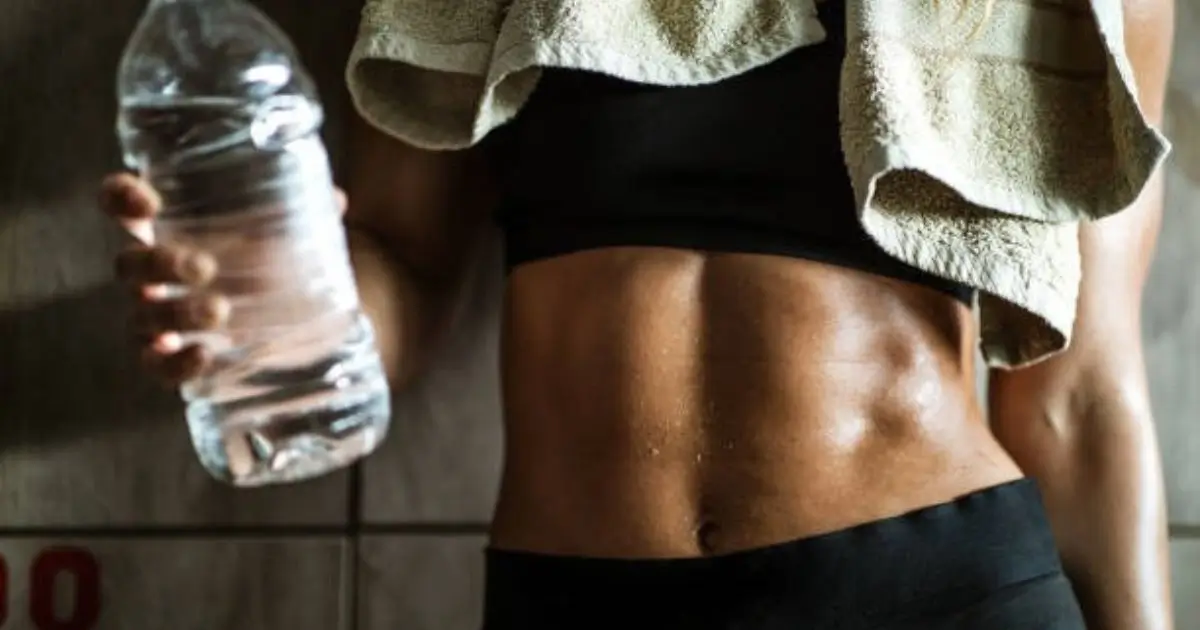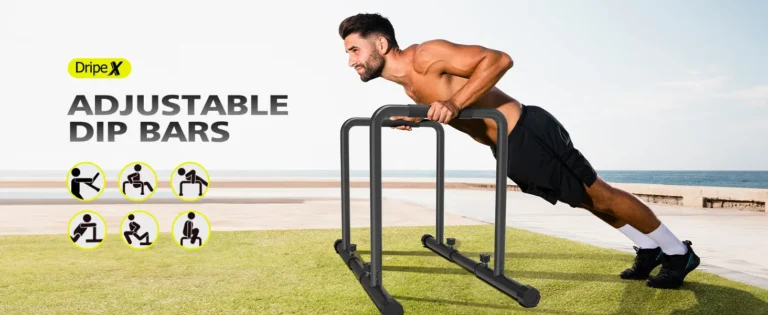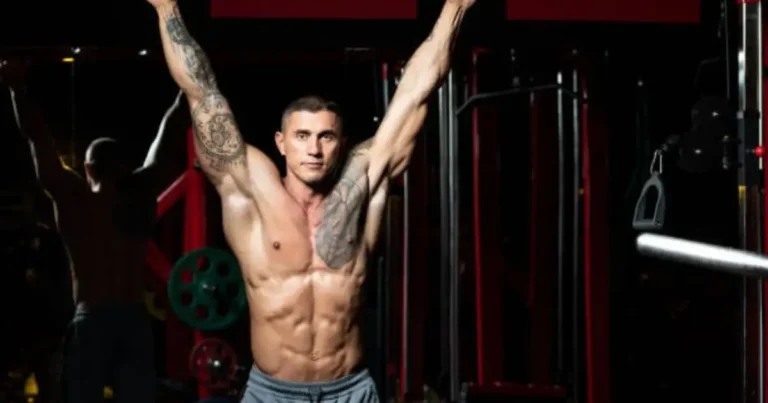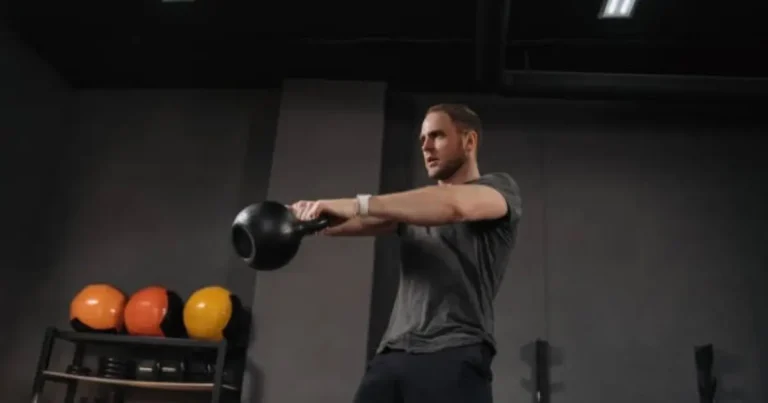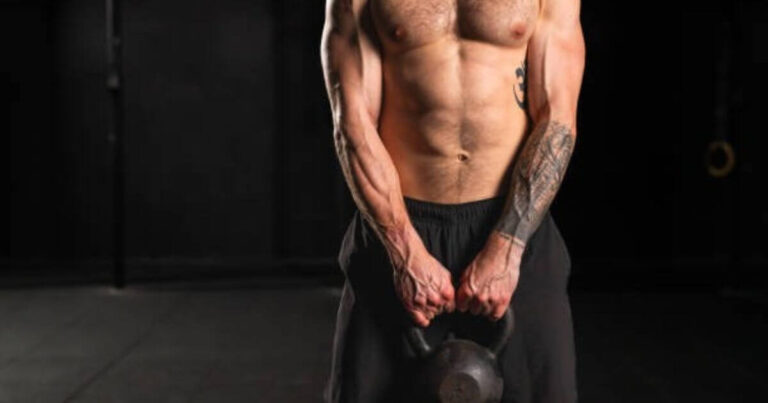Top 5 Workout Machines for Abs: What Really Works?
Are you tired of endless crunches and planks but still determined to achieve that coveted six-pack? Finding the right workout machine for abs might be exactly what you need to revitalize your core training routine. With countless options flooding the market, from simple ab rollers to sophisticated electronic machines, it can be overwhelming to determine which equipment truly delivers results.
In this comprehensive guide, we’ll cut through the marketing hype and examine the most effective workout machines for abs based on scientific research, fitness expert recommendations, and real user experiences. Whether you’re working out at home or at the gym, you’ll discover which ab workout machines are worth your time and investment—and which ones you should skip.
Table of Contents
Understanding Core Anatomy: Why It Matters for Machine Selection
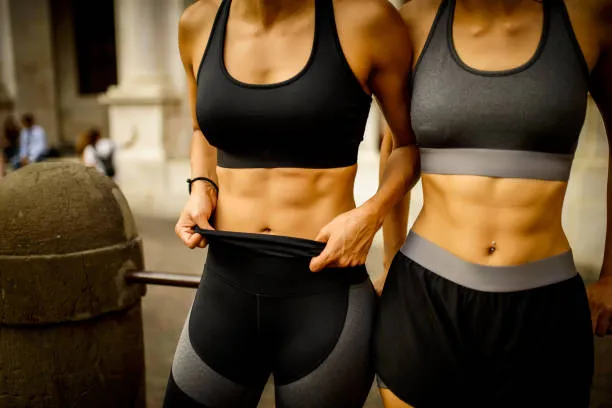
Before investing in any workout machine for abs, it’s essential to understand what muscles you’re targeting. Your core is much more than just the “six-pack” (rectus abdominis) that most people focus on.
The major muscles of your core include:
- Rectus Abdominis: The “six-pack” muscles running vertically down the front of your abdomen
- Obliques (internal and external): Located on the sides of your torso, responsible for rotation and lateral flexion
- Transverse Abdominis: The deepest ab muscle, wrapping around your spine and sides like a corset
- Erector Spinae: Running along your spine, these muscles help with back extension and stability
- Hip Flexors: While not technically core muscles, they often engage during ab exercises
The best workout machines for abs will effectively target multiple core muscle groups simultaneously, providing a comprehensive approach to strengthening your midsection.
Top 5 Most Effective Ab Workout Machines
After reviewing numerous ab workout machine reviews and analyzing performance data, these five machines consistently rank as the most effective options for core development:
1. Cable Machine with Rope Attachment
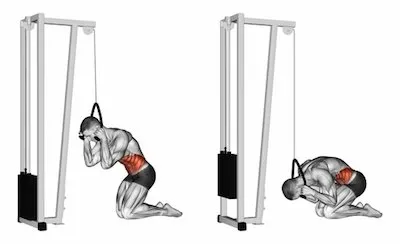
While not exclusively an “ab machine,” the cable station with a rope attachment offers unparalleled versatility for core training.
Benefits:
- Allows for standing cable crunches, wood chops, and rotational movements
- Provides consistent tension throughout the full range of motion
- Easily adjustable resistance levels for progressive overload
- Targets all core muscles, especially when performing rotational exercises
- Functional movements translate well to everyday activities and sports
Average Cost: $1,500-$3,000 for a complete cable machine; commonly available in most gyms
Expert Opinion:
“Cable machines provide the variable resistance and multi-directional movement patterns essential for comprehensive core development. Unlike fixed-path machines, cables allow for natural movement arcs that better mimic real-world activities.” – Dr. Stuart McGill, Spine Biomechanics Specialist
2. Ab Coaster
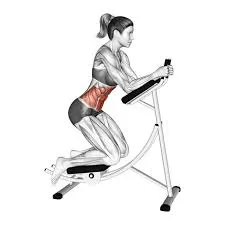
The Ab Coaster uses a curved track system that guides your knees up toward your chest in a bottom-up movement pattern.
Benefits:
- Targets lower abs more effectively than traditional crunches
- Reduces neck and back strain by eliminating pulling on the head/neck
- Curved track ensures proper movement pattern
- Available in home and commercial versions
- Includes grip handles for stability
Average Cost: $200-$500 for home versions
Who It’s Best For: Those struggling with traditional crunches or looking to emphasize lower ab development
3. Captain’s Chair/Power Tower

This stationary machine features padded arm supports and back padding, allowing for hanging leg or knee raises.
Benefits:
- Highly effective for lower and mid-section abs
- Engages hip flexors and obliques when doing twisting movements
- Requires significant core stabilization
- Minimal stress on the back when used properly
- Often available in home gym versions combined with pull-up and dip stations
Average Cost: $150-$400 for home versions
Research Insight: A study by the American Council on Exercise ranked captain’s chair exercises among the most effective for rectus abdominis and oblique activation, outperforming traditional crunches by a significant margin.
4. Decline Ab Bench
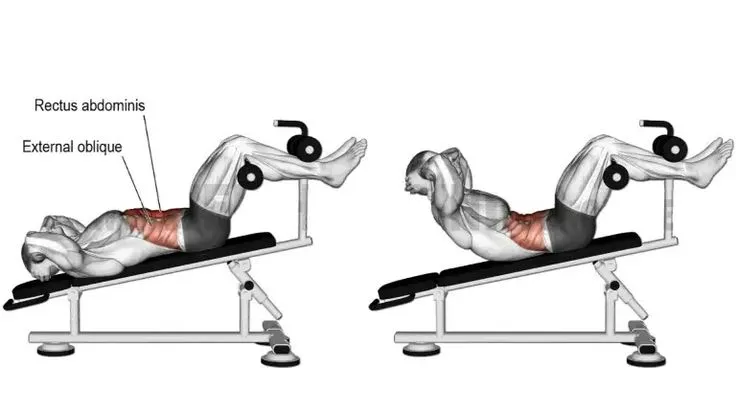
This angled bench secures your feet at the elevated end, allowing for a greater range of motion during crunches and sit-ups.
Benefits:
- Increases the intensity of traditional crunches/sit-ups
- Adjustable decline angles to modify difficulty
- Targets upper and lower abs depending on execution
- Relatively inexpensive compared to other workout machines for abs
- Compact and suitable for home use
Average Cost: $80-$250
Best For: Those who prefer traditional crunch/sit-up movements but want increased intensity
5. Ab Roller/Wheel

While technically not a “machine,” this simple device earns its place among the most effective core workout tools available.
Benefits:
- Engages the entire core, plus shoulders, back, and arms
- Progressive difficulty based on extension range
- Extremely cost-effective
- Minimal space requirements
- Portable for home or travel use
Average Cost: $10-$50
Effectiveness Rating: Research using electromyography (EMG) shows ab roller exercises activate core muscles at levels comparable to or exceeding many expensive machines.
Comparing Ab Machine Effectiveness
When evaluating various workout machines for abs, consider these key performance metrics:
| Machine Type | Core Muscle Activation | Functional Carryover | Value for Money | Space Requirements | Suitable For |
| Cable Machine | Very High | Excellent | Moderate | Large | All levels |
| Ab Coaster | High | Good | Good | Moderate | Beginner/Intermediate |
| Captain’s Chair | Very High | Very Good | Excellent | Moderate | Intermediate/Advanced |
| Decline Ab Bench | Moderate | Moderate | Excellent | Small | All levels |
| Ab Roller | Very High | Excellent | Outstanding | Minimal | Intermediate/Advanced |
| Ab Stimulator Belts | Very Low | Poor | Poor | None | Not recommended |
Ab Machines to Approach with Caution
Not all workout machines for abs deliver on their promises. Based on scientific research and ab workout machine reviews, these options should be approached with realistic expectations:
Electronic Ab Stimulator Belts
The Claim: Passively stimulate abs to contract using electrical impulses while you relax.
The Reality: While electrical muscle stimulation (EMS) is used legitimately in physical therapy, consumer ab stimulator belts:
- Produce only minimal muscle activation
- Cannot replace actual exercise for strengthening or fat loss
- May cause skin irritation or discomfort
- Show no significant evidence for improving muscle tone in research studies
Expert Consensus: Save your money for equipment that encourages active muscle engagement.
Ab Rockers/Gliders
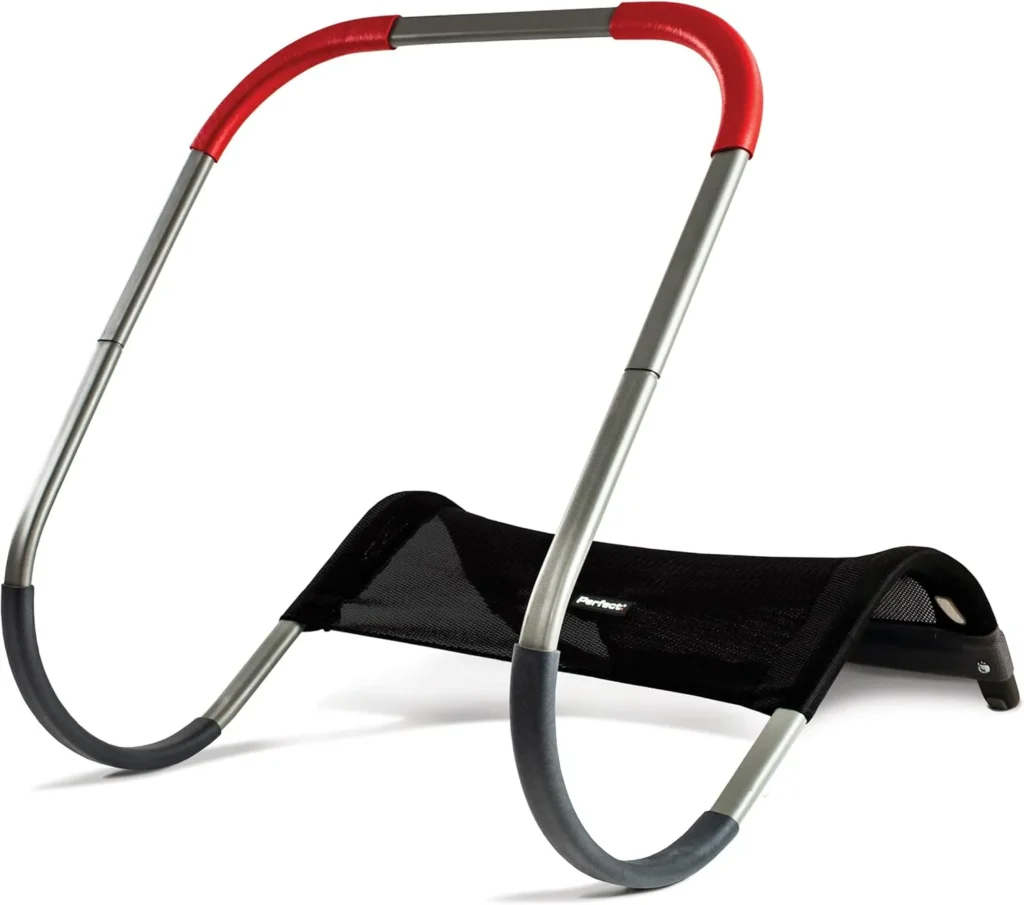
The Claim: Guide your body through perfect ab crunch motion.
The Reality:
- Often restrict range of motion
- Frequently involve poor biomechanics
- Generally activate less muscle than standard crunches
- Can create excessive neck strain if used improperly
Better Alternative: A quality decline bench offers similar movement guidance with better effectiveness.
How to Choose the Right Ab Machine for Your Goals
When selecting a workout machine for abs, consider these factors:
1. Your Fitness Level
- Beginners: Look for machines that guide movement patterns and provide stability (like the Ab Coaster or decline bench)
- Intermediate: Machines that allow progressive resistance increases (cable machines, adjustable decline benches)
- Advanced: Equipment allowing multiple movement patterns and significant resistance (cable stations, weighted captain’s chair exercises)
2. Your Specific Goals
- Overall Strength: Prioritize machines allowing compound movements (cable machines, power towers)
- Visual Definition: Focus on equipment targeting all regions of the abs (combination approach)
- Functional Fitness: Choose machines with rotational components and standing exercises (cable machines)
- Rehabilitation: Consult a physical therapist for appropriate equipment recommendations
3. Available Space and Budget
- Limited Space: Ab roller, foldable decline bench
- Moderate Space: Captain’s chair/power tower, Ab Coaster
- Dedicated Home Gym: Cable station, multi-function machines
- Budget-Conscious: Ab roller, adjustable bench (most bang for buck)
Creating an Effective Ab Machine Workout
Simply owning a workout machine for abs isn’t enough—you need to use it correctly. Follow these guidelines for maximum results:
Frequency Guidelines
- Train abs 2-4 times per week, allowing at least 24-48 hours between sessions
- Limit sessions to 10-15 minutes of focused work
- Incorporate ab machine exercises into your broader fitness routine
Sample Ab Machine Circuit
For a comprehensive core workout using multiple machines:
- Cable Machine Wood Chops: 3 sets of 12 reps each side
- Captain’s Chair Knee Raises: 3 sets of 12-15 reps
- Decline Bench Reverse Crunches: 3 sets of 15 reps
- Ab Roller Kneeling Rollouts: 3 sets of 10-12 reps
- Cable Machine Pallof Press: 2 sets of 30-second holds each side
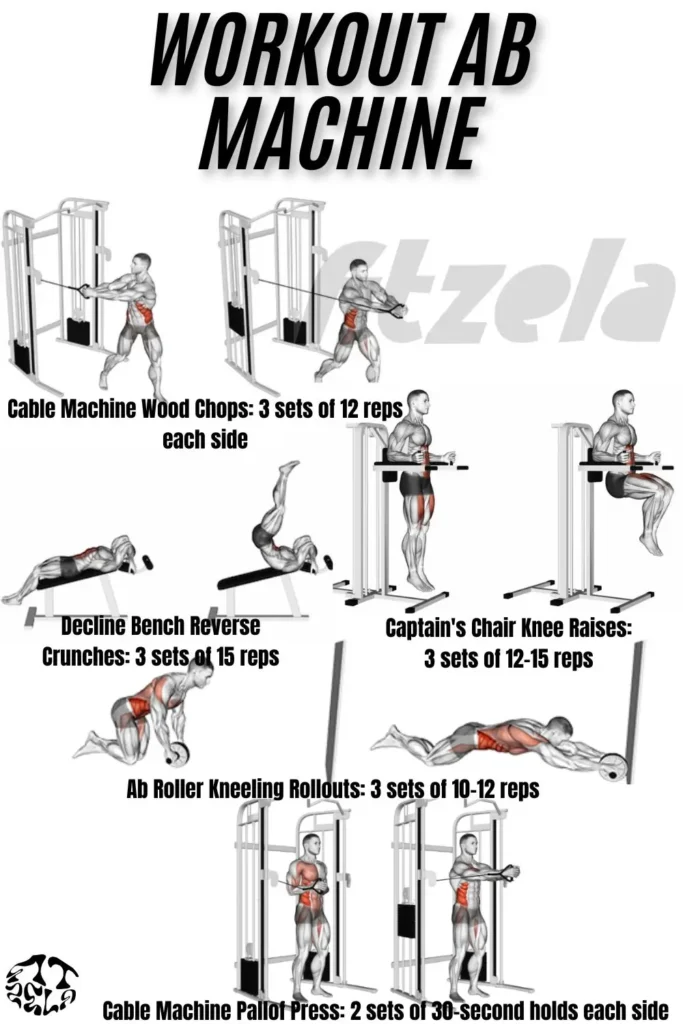
Rest 30-60 seconds between exercises, and perform the circuit 1-2 times.
Common Ab Machine Mistakes to Avoid
Even the best workout machine for abs won’t deliver results if used incorrectly. Avoid these common errors:
- Using Momentum: Swinging or jerking movements reduce muscle activation
- Excessive Weight/Resistance: Sacrificing form for heavier loads
- Incomplete Range of Motion: Not fully engaging muscles through their full contractile range
- Neglecting Breathing: Holding your breath during exercises
- Overtraining: Working abs daily without recovery time
- Relying Only on Machines: Not incorporating free-weight and bodyweight exercises
The Truth About Spot Reduction
It’s crucial to address the most common misconception about ab machines:
“No amount of ab exercise—regardless of the machine used—can specifically burn fat from your abdominal area. Spot reduction is a myth not supported by scientific evidence.” – American Council on Exercise
For visible abs, you need:
- Effective core strengthening (which machines can help with)
- Overall body fat reduction through nutrition and full-body exercise
- Consistency with both diet and training
Integrating Ab Machines into a Complete Core Program
For optimal results, use workout machines for abs as part of a comprehensive approach:
- Stability Exercises: Planks, hollow holds, and anti-rotation exercises
- Machine-Based Work: Using the equipment covered in this guide
- Free Weight Core Work: Exercises like weighted Russian twists and Turkish get-ups
- Functional Movements: Squats, deadlifts, and overhead presses that engage the core indirectly
- Recovery Practices: Proper stretching and rest days
Conclusion: Investing Wisely in Ab Equipment
The most effective workout machine for abs is ultimately the one you’ll use consistently with proper form. Based on scientific research, expert recommendations, and countless ab workout machine reviews, the best investments for most people are:
- A quality cable station (if space and budget allow)
- A captain’s chair/power tower for hanging exercises
- A simple ab roller for cost-effective, comprehensive core activation
Remember that no machine can outperform a consistent approach to overall fitness. Combine targeted ab machine work with full-body strength training and proper nutrition for the best results.
Key Takeaway: Choose equipment that allows progressive overload, engages multiple core muscles simultaneously, and fits your available space and budget. Then use it consistently as part of a well-rounded fitness program.


